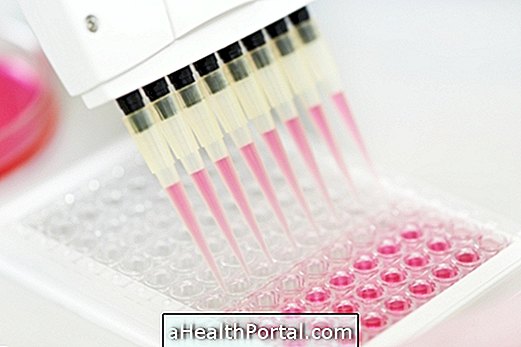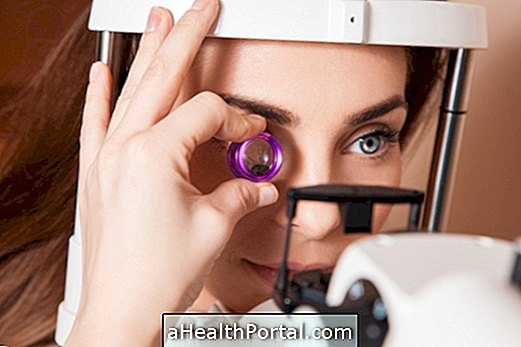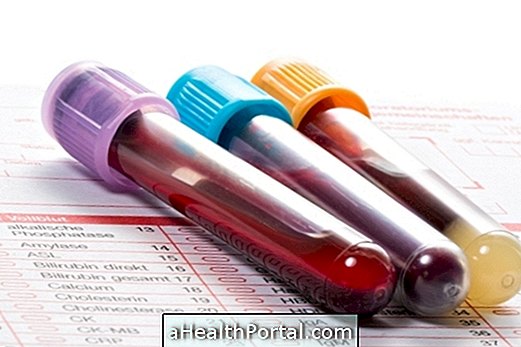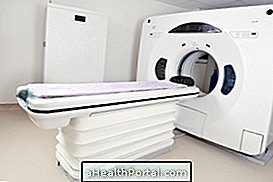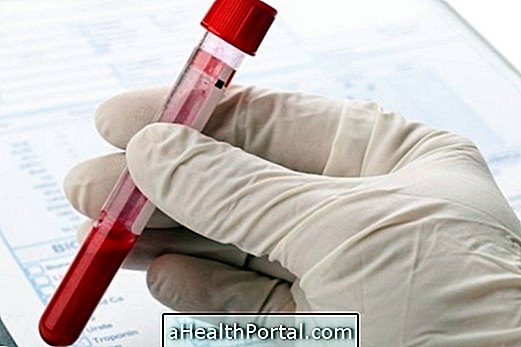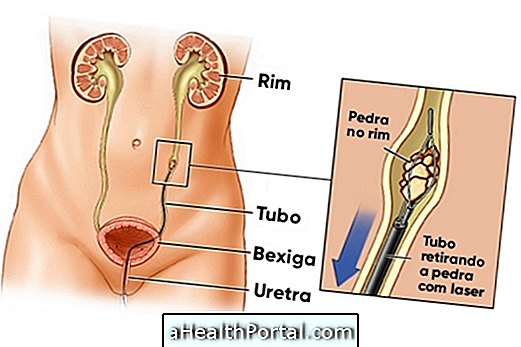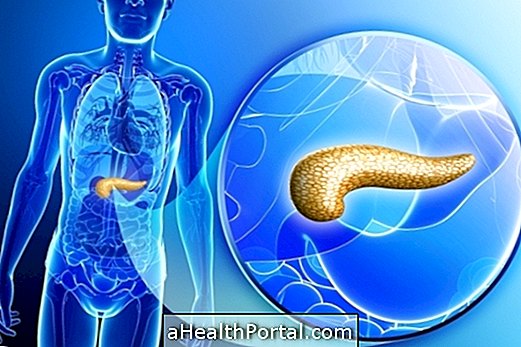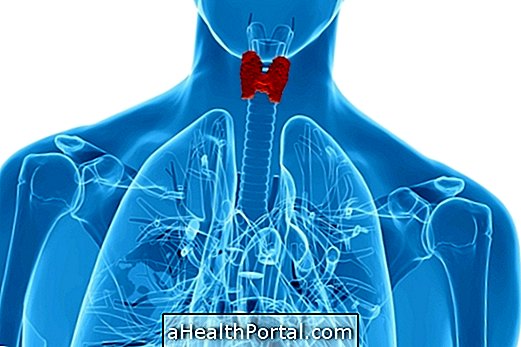Cardiac catheterization is a procedure that can be used to diagnose or treat heart disease. It consists of the introduction of a catheter, which is an extremely thin flexible tube, into the artery of the individual's arm or leg, which will be carried to the heart. Cardiac catheterization is also known as coronary angiography.
It may be indicated in the diagnosis and treatment of infarction or angina as it examines the interior of the blood vessels and heart and is able to detect and remove accumulations of fat plaques or lesions in these regions. Although very important and generally safe, this procedure can bring some risks, such as:
- Bleeding and infection at the catheter insertion site;
- Injuries to blood vessels;
- Allergic reaction to contrast used;
- Irregular heartbeat or arrhythmia, which may go away on its own, but may need treatment in case of persistence;
- Blood clots that can trigger stroke or heart attack;
- Decreased blood pressure;
- Blood accumulation in the sac that surrounds the heart, which can prevent the heart from beating normally.
The risks are minimal when the exam is scheduled, moreover, it is usually done in reference hospitals in cardiology and well equipped, containing cardiologists and cardiac surgeons, by the sus or particular.
These risks may occur, especially in diabetics, patients with kidney disease and individuals over 75 years of age, or in the most severe and acute phase of myocardial infarction.
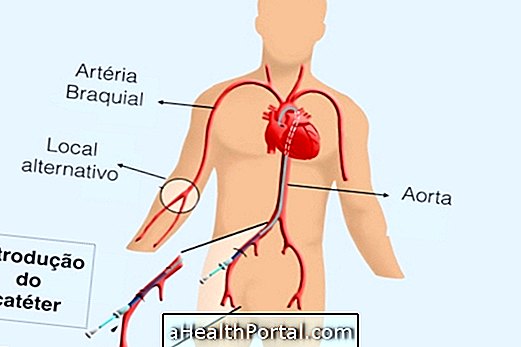
What is it for
Cardiac catheterization serves to diagnose and / or treat various cardiac conditions, among which we can highlight:
- Assess whether the coronary arteries, which irrigate the heart muscles, are clogged or not;
- Unclog arteries and valves due to the accumulation of fat plates;
- Check for damage to valves and heart muscle;
- Check for changes in the anatomy of the heart not confirmed by other tests;
- Show in detail, if any, a congenital malformation in newborns and infants.
Cardiac catheterization can be performed in combination with other techniques such as coronary angioplasty, a technique used to unclog a coronary vessel and can be performed with a stent (metal prosthesis) or only with the use of a balloon, which at high pressures push the plates, opening the vase. Learn more about how an angioplasty is done.
It can also be done in conjunction with percutaneous balloon valvuloplasty, used to treat diseases such as heart valve disease such as pulmonary stenosis, aortic stenosis, and mitral stenosis. Also, know more details about indications such as valvuloplasty.
What care do you need
Generally, for a scheduled catheterization, a fasting of 4 hours is required before the examination, and seek rest. In addition, only medications targeted by the cardiologist should be kept in use, avoiding unaddressed medications, including home remedies and teas. Check out the main care you should have before and after surgery.
Usually, the recovery of the procedure is rapid, and when there are no other complications that prevent the patient from being discharged the next day with a recommendation to avoid vigorous exercises or lifting weights above 10 kg in the first 2 weeks after the procedure.
How is heart catheterization done?
Cardiac catheterization is done by inserting a catheter or catheter into the heart. The step-by-step is:
- Local anesthesia;
- Performing a small opening for catheter entry, on the skin of the groin or forearm at the height of the wrist or elbow;
- Insertion of the catheter into the artery (usually, radial, femoral or brachial) that will be taken by the specialist to the heart;
- Location of right and left coronary artery entries;
- Injection of an iodine-based substance (contrast) that allows viewing of the arteries and their clogging points by X-rays;
- Injection of contrast into the left ventricle, allowing visualization of cardiac pumping.
The exam does not cause any pain. The most that can happen is the patient feeling some discomfort in the anesthesia bite and a passing wave of heat in the chest when injecting the contrast.
The duration of the examination varies according to the ease of catheterization of the target, and is generally longer in patients already submitted to coronary artery bypass grafting. Usually, the examination does not take more than 30 minutes, and then it is necessary to remain in rest for a few hours and, if there is no problem, you can go home if you have only had the catheterization without any other associated procedure.
